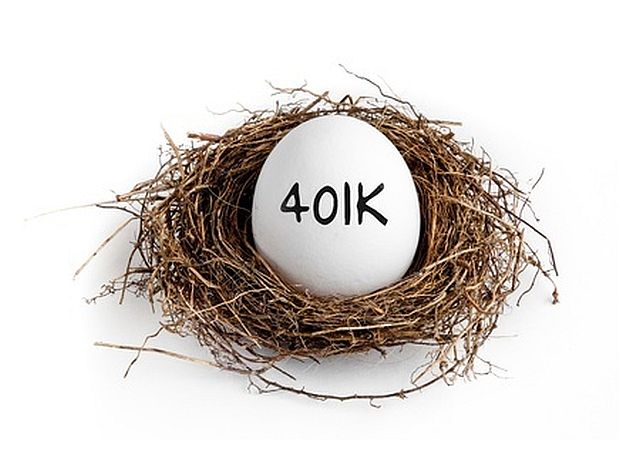Tag Business Owners
8 reasons to open a solo 401k plan

Updated for 2024 What is a solo 401k plan? The solo 401k plan is a powerful tool for entrepreneurs to save money for retirement and reduce their current tax bill. These plans are often ignored and overshadowed by the more…
Digital strategies for small business owners

Digital strategies for small business owners post coronavirus. The coronavirus crisis pushed many small businesses on the verge of existence. The global lockdown forced non-essential small businesses to shut doors and furlough or lay off employees. Even essential businesses saw…
Contact Us

